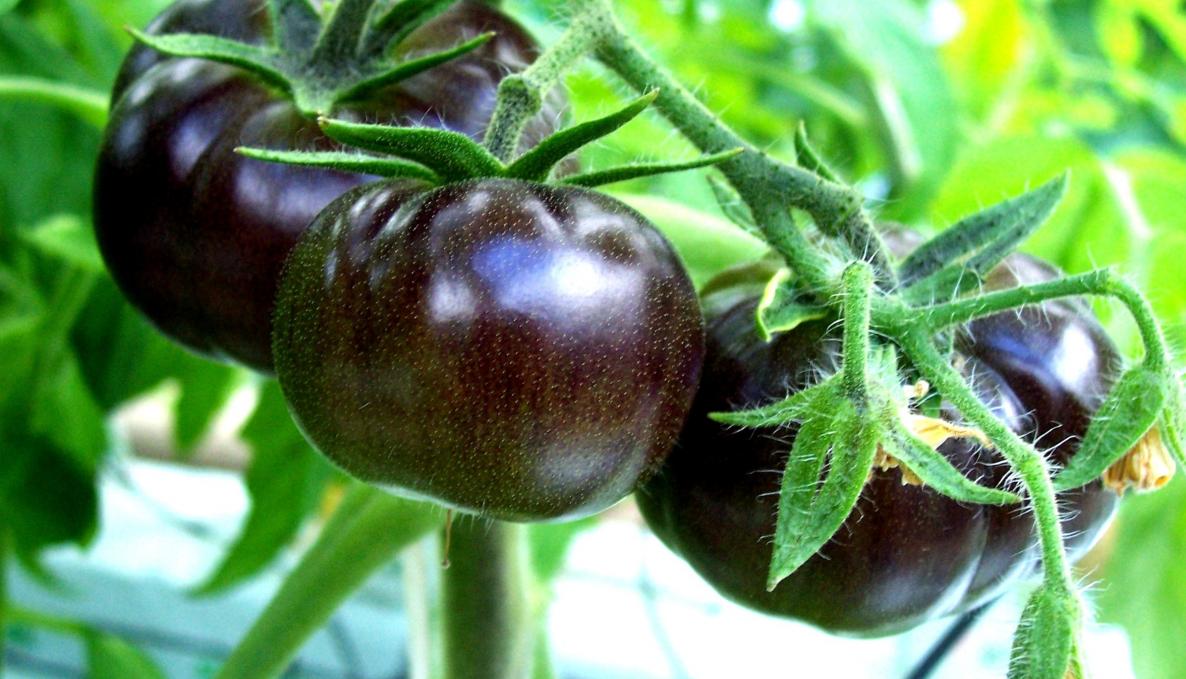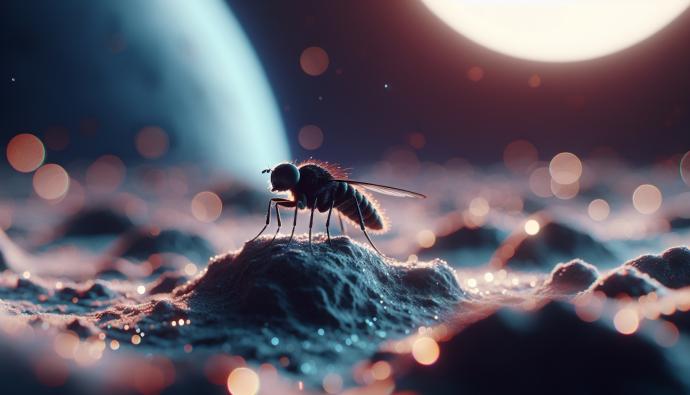Sant’anna School Life Sciences Institute Scientists discover gene controlling Sun Black tomato pigmentation. New paper is published in journal Frontiers in Plant Science

Scientists of the Sant’anna School PlantLab have found one of the genes controlling the SunBlack deep purple pigmentation, the black tomato showing high levels of anthocyanins. Anthocyanins are high value plant antioxidants. The dominant gene Anthocyanin fruit (Aft) and the recessive gene atroviolacea (atv) have been extensively exploited: Sant’Anna School scientists performed genome sequencing of atv/atv plants followed by candidate gene analysis, and identified a mutated gene encoding an R3-MYB protein. When overexpressed, this protein abolished anthocyanin production in tomato seedlings and plants, by silencing key regulators and biosynthetic genes of the pathway. The paper was published in journal Frontiers in Plant Science.
In 2008, four Italian universities Scuola Superiore Sant’Anna, Università di Pisa, Università della Tuscia,and Università di Modena e Reggio Emilia produced the SunBlack, a 'purple' tomato, highly enriched with anthocyanins (produced by ectopic expression of two selected transcription factors from the ornamental flower snapdragon).
Ten years after the SunBlack production, the Sant’Anna School PlantLab researchers Silvia Gonzali and Sara Colanero, under the scientific supervision of Sant’Anna School rector Pierdomenico Perata, have described the R3-MYB protein involved in a feedback mechanism that dampens the production of anthocyanin once activated by endogenous or exogenous stimuli.
“These findings may contribute to the selection of anthocyanin-enriched SunBlack tomato cultivar, as anthocyanin are potential health-promoting compounds in our diet. While other fruits (grapes, currants and berries) have a higher concentration of anthocyanin, tomatoes are consumed on practically a daily basis – said Pierdomenico Perata. Early DNA analyses may reveal the activation of anthocyanin synthesis associated with pigment formation, rather than waiting to detect the characteristics of the mature fruit”.
Click here to view the paper published in Frontiers in Plant Science.



